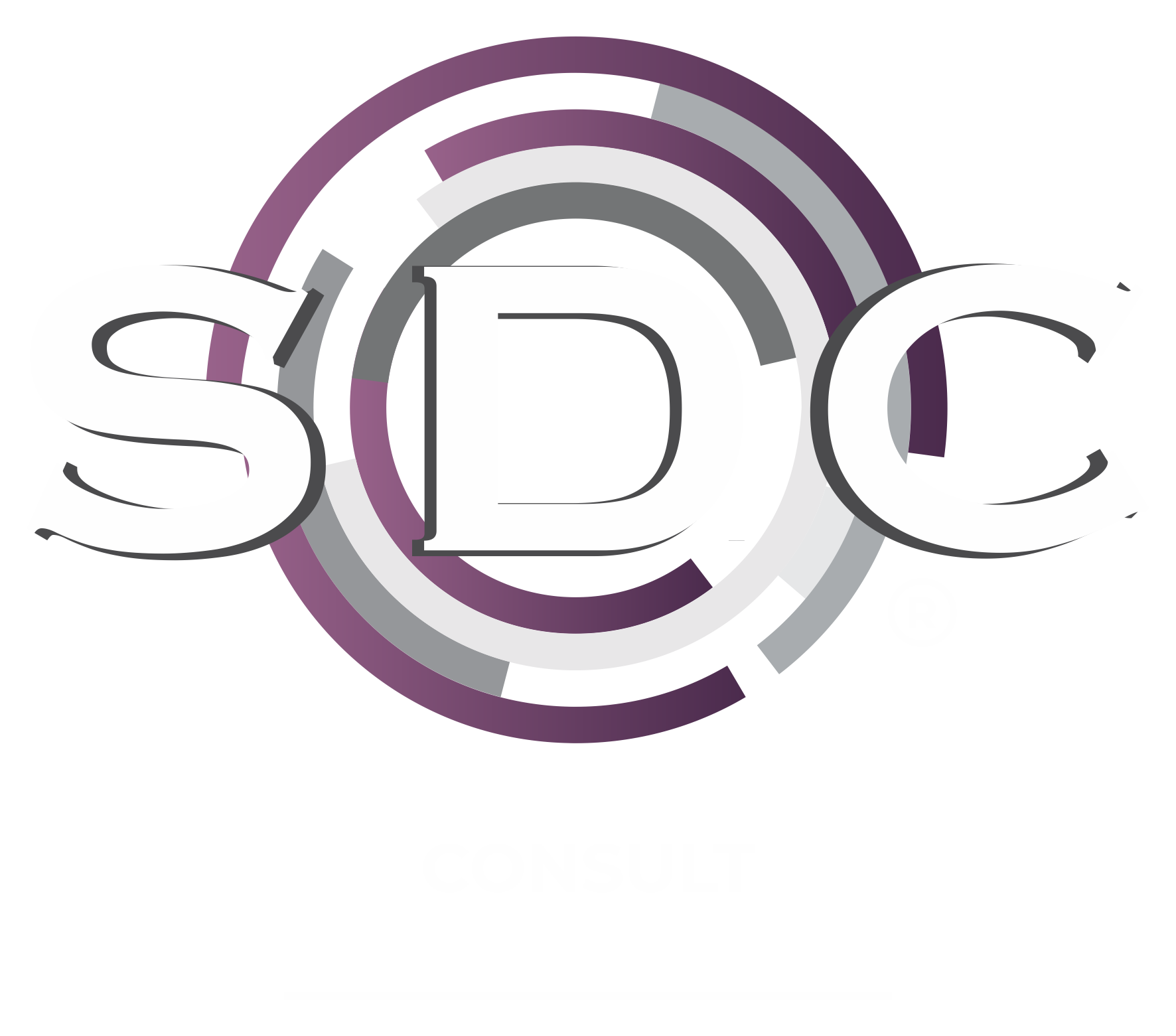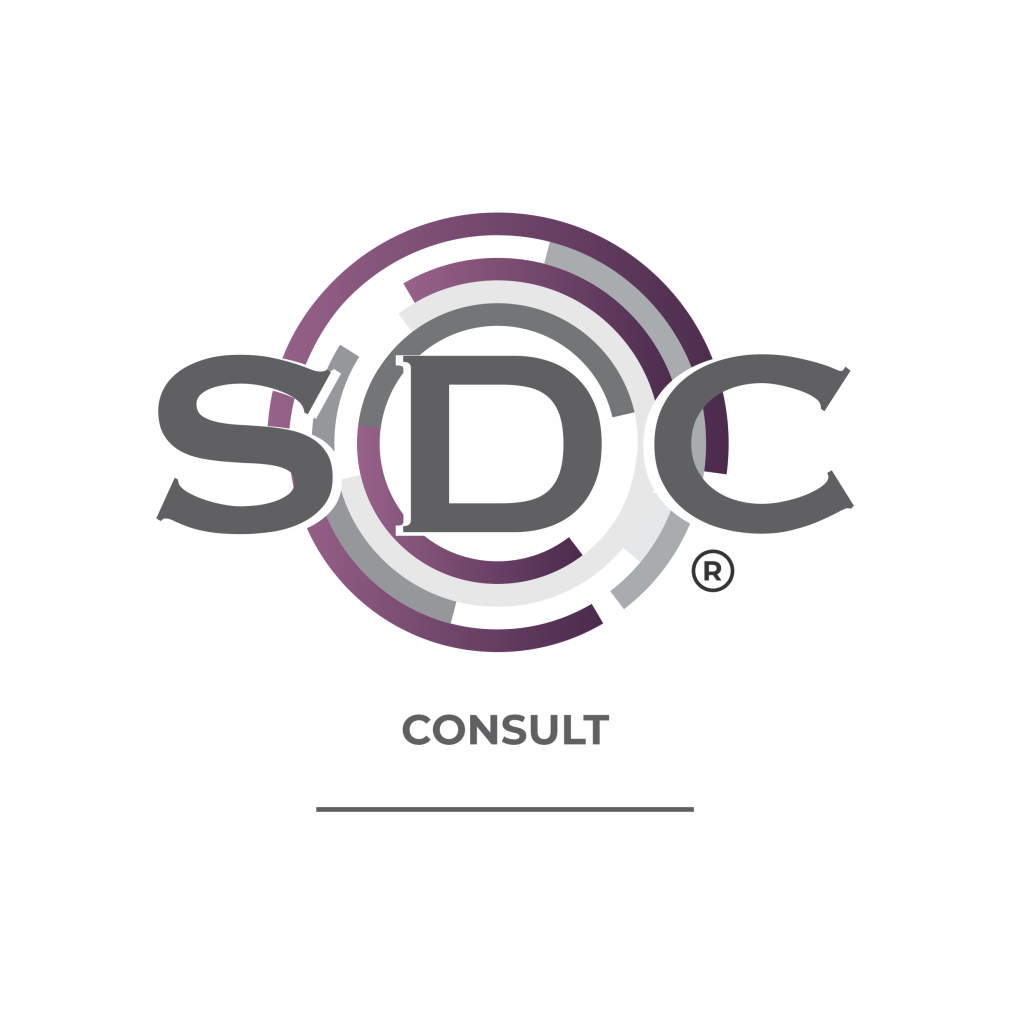
-
SDC Consult > Short Courses > Employment Equity
Employment Equity
Certification:
Received upon successful completion of the course.


Employment Equity
Employment equity refers to a set of policies and practices aimed at promoting equal opportunities for employment and advancement in the workplace, particularly for historically disadvantaged or underrepresented groups. The objective of employment equity is to eliminate discrimination and create a more inclusive and equitable work environment. While the specific characteristics and groups covered may vary from one jurisdiction to another, common areas of focus in employment equity initiatives include gender, race, ethnicity, disability, age, and sometimes other factors like sexual orientation and religion.
The specific requirements and strategies related to employment equity can vary widely depending on the jurisdiction and the organization’s size and industry. The ultimate aim is to create workplaces that are free from discrimination, foster inclusivity, and provide equal opportunities for all employees to succeed and advance in their careers.

Course Index
- Introduction to the employment equity act, 55 of 1998
- Prohibition of unfair discrimination
- Affirmative action
- Employment equity in code of good practice
- Diversity management and the impact of industry charters
What can be learned.
Equal Opportunity:
Employment equity seeks to ensure that all individuals, regardless of their background, have equal access to job opportunities, career advancement, and training within an organization.
Non-Discrimination:
Organizations are expected to eliminate discriminatory practices in all aspects of employment, including recruitment, hiring, promotion, compensation, and training.
Diversity and Inclusion:
Employment equity efforts aim to promote diversity within the workforce, recognizing that a diverse workforce can lead to improved creativity, innovation, and problem-solving.
Affirmative Action:
In some regions, employment equity policies may include affirmative action measures, which involve proactive steps to address underrepresentation or historical disadvantages. This can include targeted recruitment, mentorship programs, and preferential hiring practices for underrepresented groups.
Legislation and Regulations:
Many countries have enacted laws and regulations to mandate or encourage employment equity. These laws often outline specific requirements, reporting obligations, and penalties for non-compliance.
Equity Plans:
Organizations may develop and implement equity plans or policies that outline their commitment to diversity and inclusion. These plans often include strategies and targets for achieving greater equity in the workplace.
Data Collection and Reporting:
Employers may be required to collect and report data on the demographics of their workforce, allowing them to track progress toward equity goals and identify areas that need improvement.
Training and Awareness:
Employee training programs and awareness campaigns can help educate employees about diversity, inclusion, and the importance of promoting equity in the workplace. These programs may address unconscious bias and stereotypes.
Accessibility and Accommodation:
Employment equity efforts may involve making workplaces accessible to individuals with disabilities and providing reasonable accommodations to enable them to perform their job duties effectively.
Monitoring and Accountability:
Organizations often establish committees or positions responsible for overseeing the implementation of equity initiatives and assessing their effectiveness.
Available Platforms:
- Face-to-face at one of our training venues.
- Online via Microsoft Teams.
Check-in time is at 8:15, introduction starts at 08:30 to 09:00am
Course Includes:
Tea, coffee, cookies, 2 sweets, water, pen, manual and a light snack for lunch. The courses usually end around 13:00 depending on the size of the company as well as the number of questions during the course.
Break Times:
There will be a break at 10:30 that includes tea, coffee, and a muffin. The course will commence at 11:00 to 13:00.
